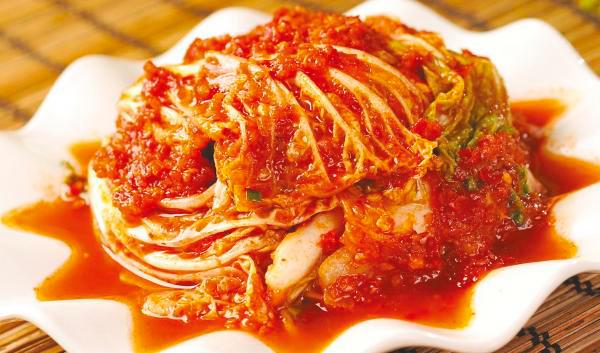SOUTH KOREAN cuisine, known for its vibrant flavours, bold spices and intricate preparation methods, is a culinary tapestry that reflects the country’s rich history and diverse landscapes. From the bustling streets of Seoul to the serene temples nestled in the mountains, South Korean cuisine is a celebration of tradition, community and an unwavering connection to the land. Let us delve into the history, popular dishes and unique ingredients that define the enchanting world of South Korean gastronomy.
The roots of South Korean cuisine can be traced back thousands of years, shaped by the country’s geography, climate and cultural influences. Influences from China, Mongolia and Japan have all played a role in shaping the distinct flavours of South Korean dishes. The turbulent history of the Korean Peninsula, marked by invasions and occupations, has led to an adaptive culinary culture that embraces a diverse range of ingredients and cooking techniques.
One of the defining features of South Korean cuisine is the emphasis on fermentation, a practice that dates back centuries. Fermented foods like kimchi, a staple in Korean households, showcase the country’s mastery of preserving ingredients and enhancing flavours. The use of fermented soybean paste, known as doenjang and fermented chilli paste, gochujang, adds depth and complexity to many dishes.
Popular dishes
Kimchi
No exploration of South Korean cuisine is complete without mentioning kimchi. This iconic dish is a staple in every Korean meal, served as a side dish or incorporated into various recipes. Kimchi is made by fermenting vegetables, commonly napa cabbage and Korean radishes, with a mixture of garlic, ginger, chilli pepper and other seasonings. The result is a spicy, tangy and crunchy delicacy that adds a burst of flavour to any dish.
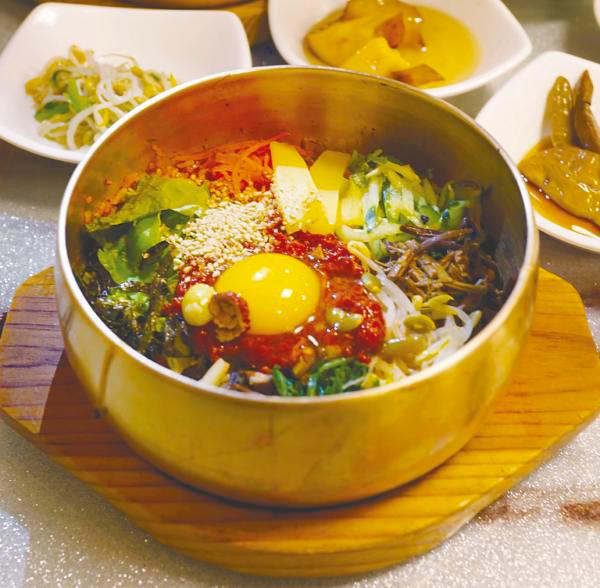
Bibimbap
Bibimbap, meaning “mixed rice,“ is a colourful and hearty dish that showcases a variety of ingredients. It typically consists of rice topped with sauteed and seasoned vegetables, a protein such as beef or tofu, a fried egg and gochujang for added spice. The beauty of bibimbap lies in its presentation and the act of mixing all the ingredients together before enjoying them.
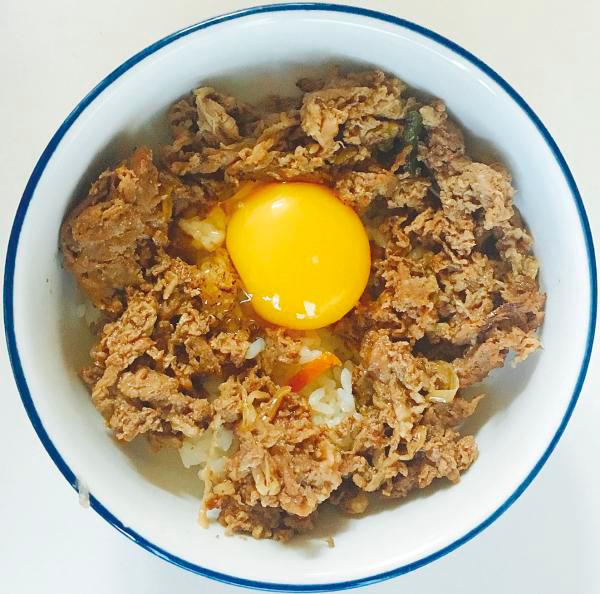
Bulgogi
Translating to “fire meat”, bulgogi is a marinated and grilled beef dish that epitomises the balance of sweet and savoury flavours in Korean cuisine. The marinade typically includes soy sauce, sugar, sesame oil, garlic and pepper. The thinly sliced beef is grilled to perfection, resulting in tender, caramelised slices that are often enjoyed with a side of rice or wrapped in lettuce leaves.
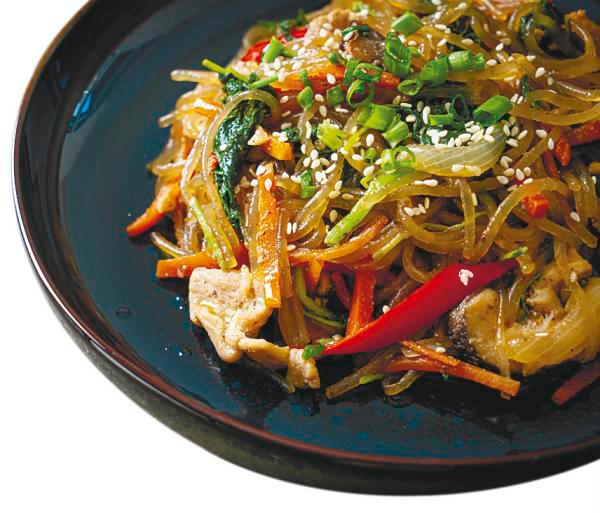
Japchae
Japchae is a stir-fried noodle dish made from sweet potato starch noodles, vegetables and often beef or other proteins. The dish is seasoned with soy sauce, sesame oil and sugar, creating a harmonious blend of textures and flavours. Japchae is a favourite at celebrations and special occasions, symbolising longevity and prosperity.
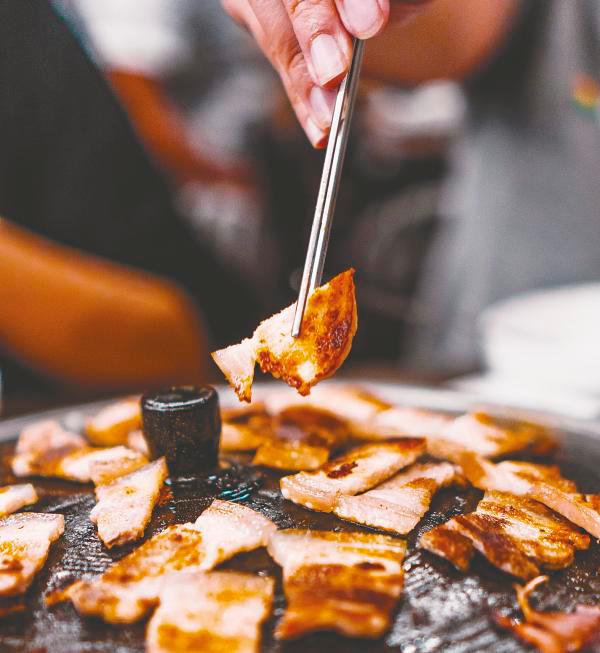
Samgyeopsal
A popular choice for barbecue enthusiasts, samgyeopsal refers to thick slices of pork belly grilled at the table. The sizzling sound and savoury aroma of the cooked meat create a communal dining experience. Samgyeopsal is typically enjoyed by wrapping the grilled slices in lettuce leaves along with garlic, green onions and a dollop of ssamjang (a thick, spicy paste).
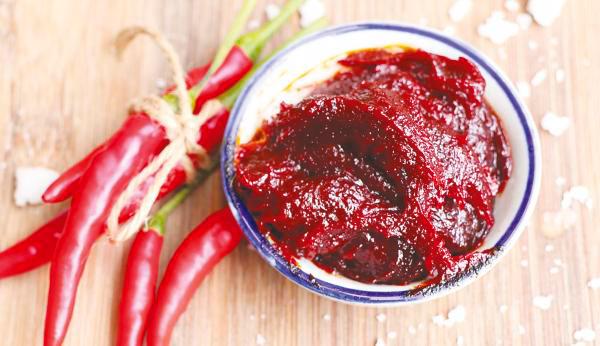
Unique ingredients
Gochujang
Often referred to as Korean red chilli paste, gochujang is a fundamental ingredient in South Korean cuisine. It is made from fermented soybeans, glutinous rice and red chilli peppers. Gochujang adds a deep, umami-rich flavour to many dishes and serves as a key component in marinades, sauces and stews.
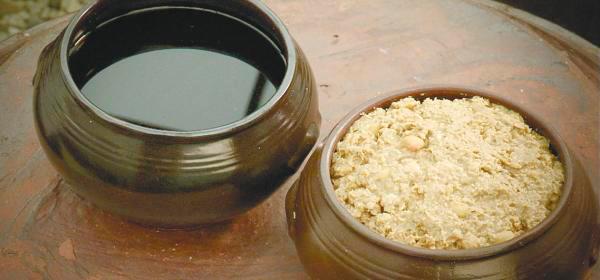
Doenjang
This fermented soybean paste is a cornerstone of Korean cuisine, offering a savoury and slightly sweet flavour profile. Used in soups, stews and marinades, doenjang contributes complexity and depth to a wide range of dishes.
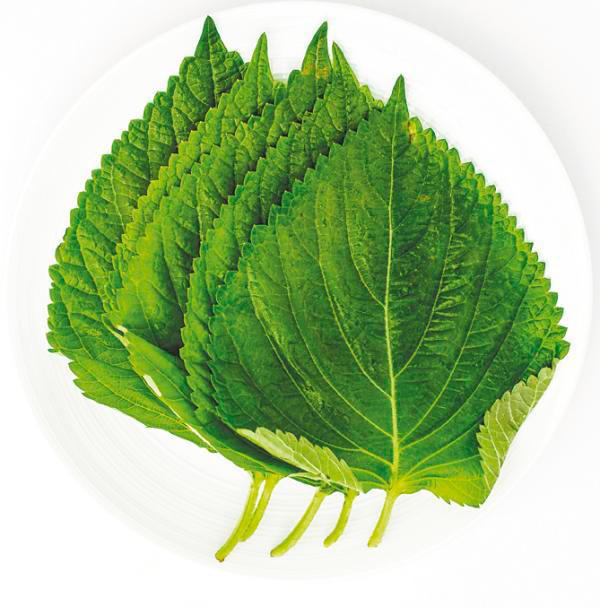
Perilla Leaves
Perilla leaves, known as kkaennip in Korean, are often used as wrappers for grilled meats or as an accompaniment to dishes like barbecue. With a distinct flavour that is a mix of mint and basil, perilla leaves add a refreshing and aromatic element to the dining experience.
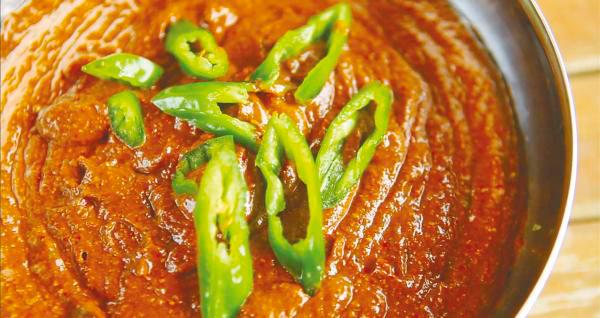
Ssamjang
Ssamjang is a thick, spicy paste made from a combination of gochujang, doenjang, sesame oil, garlic and other seasonings. It is commonly used as a dipping sauce for grilled meats, providing a bold and flavourful complement to the smoky notes of barbecued dishes.
South Korean cuisine is a captivating journey through the country’s history, culture and natural landscapes. Each dish tells a story of resilience, adaptation and the unbreakable bond between the people and the land. As South Korean cuisine continues to capture the hearts and palates of food enthusiasts worldwide, it stands as a testament to the enduring legacy of a culinary tradition that is as diverse as the nation itself.



